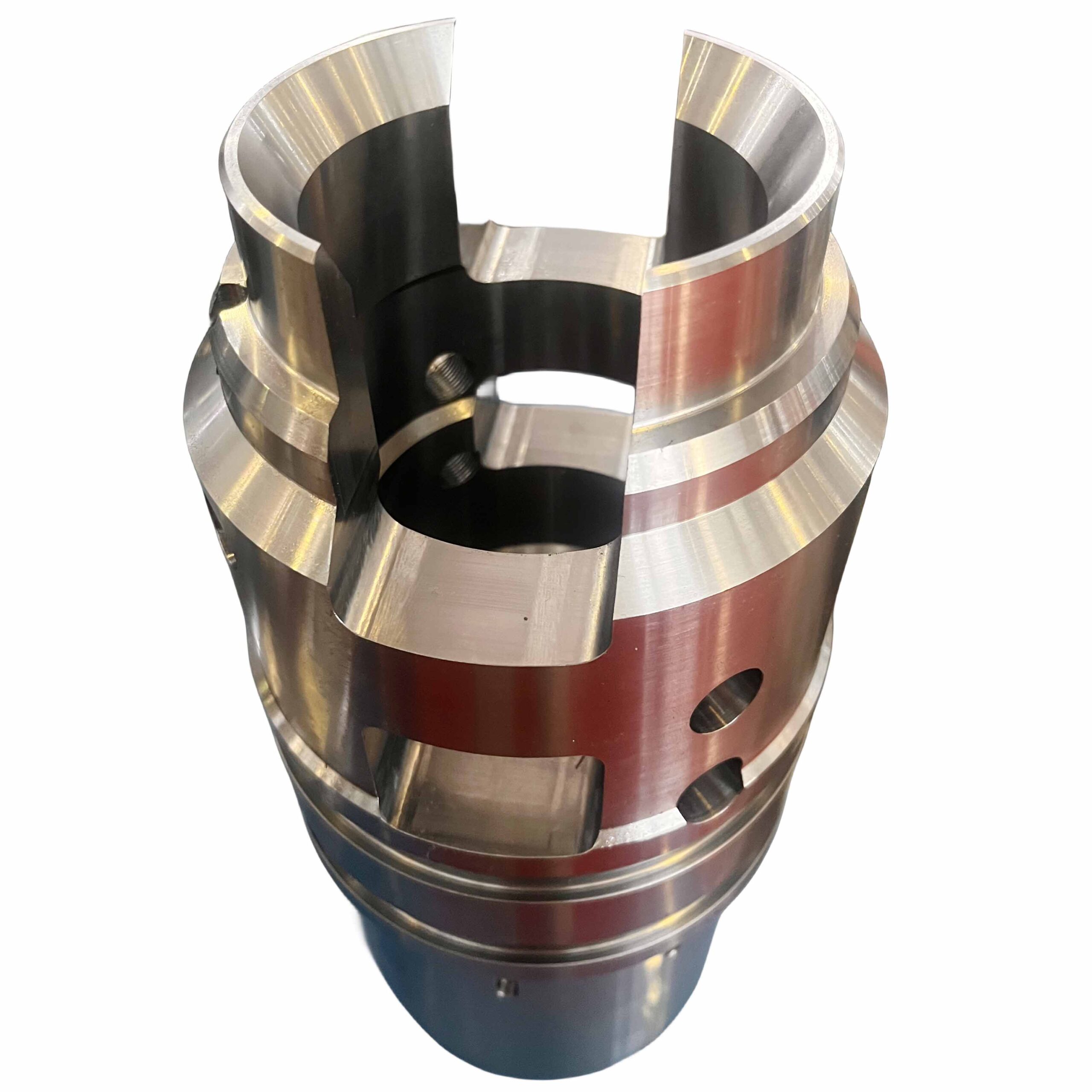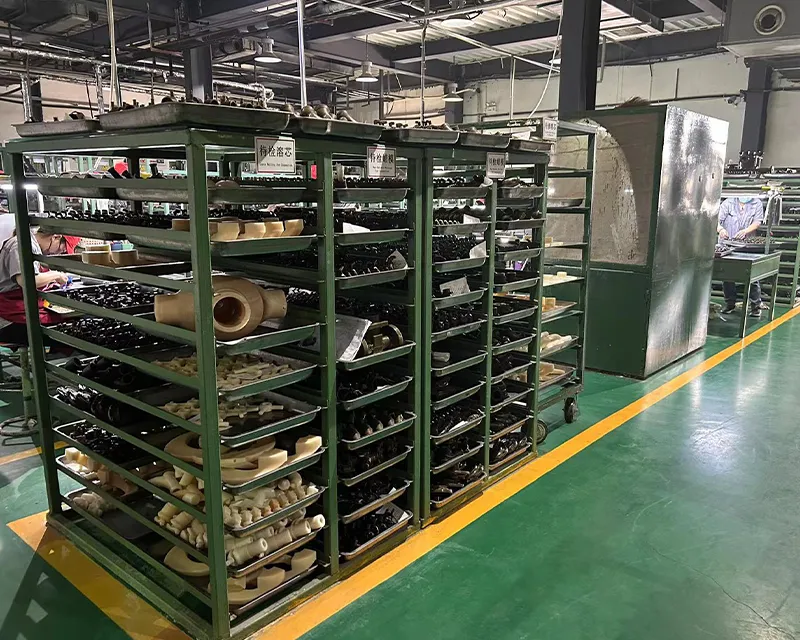Some of the properties and characteristics associated with steel are listed below:
- Strength:Steel, although it varies from steel type to steel type, typically has high strength, making it an ideal material for buildings, bridges, and vehicles. Its strength can be adjusted through the addition of alloying elements and heat treatment processes.
- Toughness:The toughness of some steels means they can absorb energy and withstand impacts without fracturing. However, it’s important to note that steel is not uniformly tough; some grades can be quite brittle. In Particular, ferritic steels have a ductile-brittle transition temperature. Below this critical temperature, ferritic steels shift from exhibiting ductile behavior, where they can deform significantly before fracture, to a brittle behavior, where they are more likely to crack or break under stress without significant deformation.
- Hardness:This property indicates steel’s resistance to deformation and wear. The hardness of steel can vary greatly depending on its alloy composition and heat treatment.
- Fatigue Strength:Steel can withstand repeated cycles of loading and unloading without failing. This makes it ideal for components subjected to cyclic stresses, such as bridges and machine parts. If the cyclic stress is kept below a certain “fatigue limit,” which is different for different steels, it can have an “infinite” fatigue life.
- Corrosion Resistance:While basic carbon steel is prone to rust when exposed to moisture and oxygen, alloying elements like chromium can be added to produce stainless steel, which exhibits enhanced corrosion resistance.
- Heat Resistance:Certain types of steel, such as certain stainless steel grades (e.g. 309, 310, and 330) and chromium-molybdenum (Cr-Mo) steels, are designed to maintain their strength and structural integrity at high temperatures. These steels are suitable for use in boilers, engines, and turbines.
- Weldability:The ability of steel to be welded is critical for manufacturing and construction. The weldability of steel depends on its chemical composition, with certain alloys being more conducive to welding than others.
- Conductivity:While not as conductive as metals like copper, steel can conduct electricity and heat, albeit to a lesser extent. The conductivity of steel varies with its composition and structure.
- Magnetic Properties:Ferritic steels are ferromagnetic, martensitic ones are less so, and austenitic steels are not or barely. The ferromagnetic properties of some steels are exploited in electric motors, transformers, and various electronic devices.
- Machinability:Most steels are easily machinable, depending on the grade.
- Weldability:Most steel grades are easily weldable, although some might require specialized welding procedures.
- Recyclability:Steel is recyclable. Due to its value, more than 60% of steel is recycled globally.




